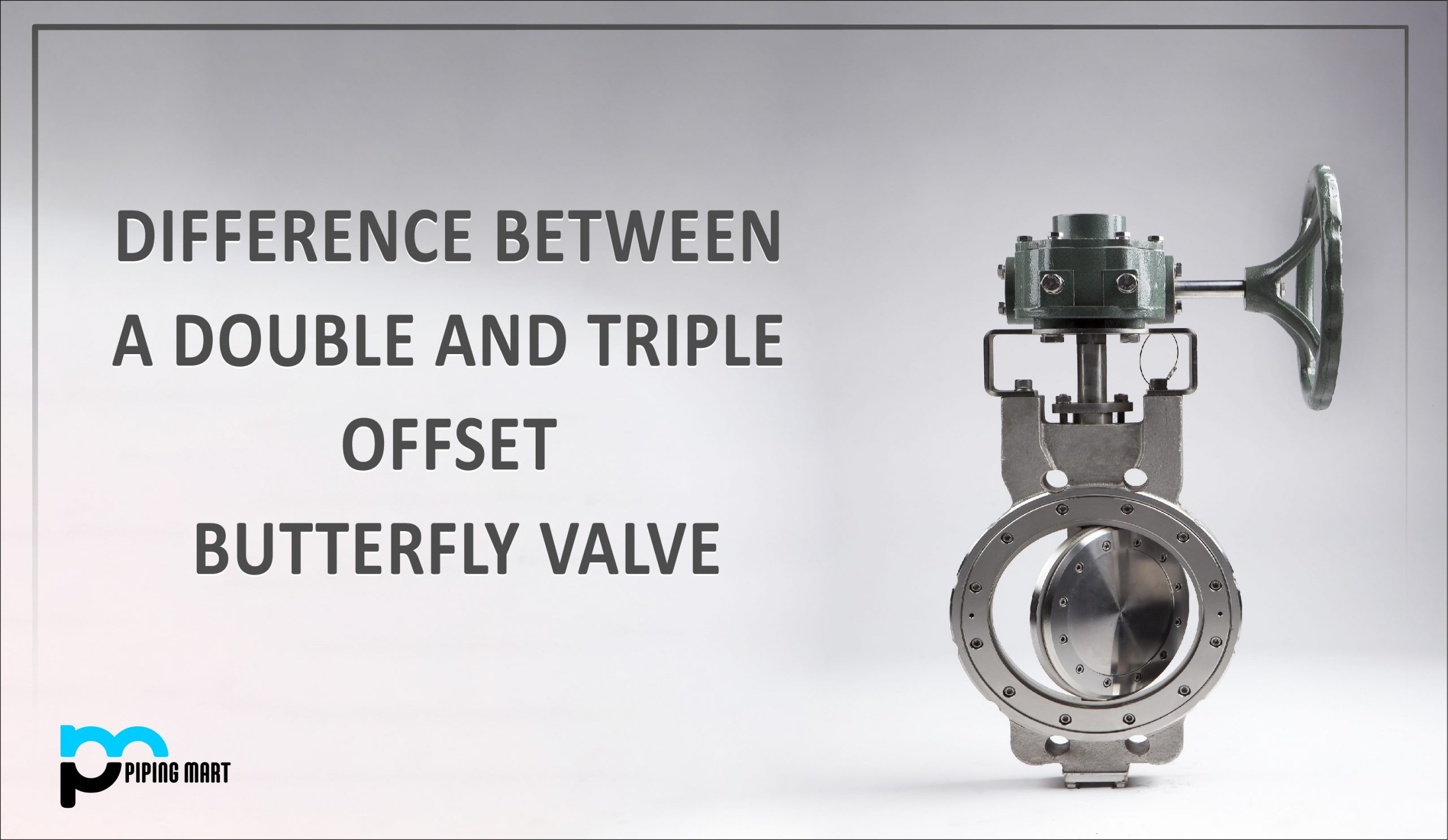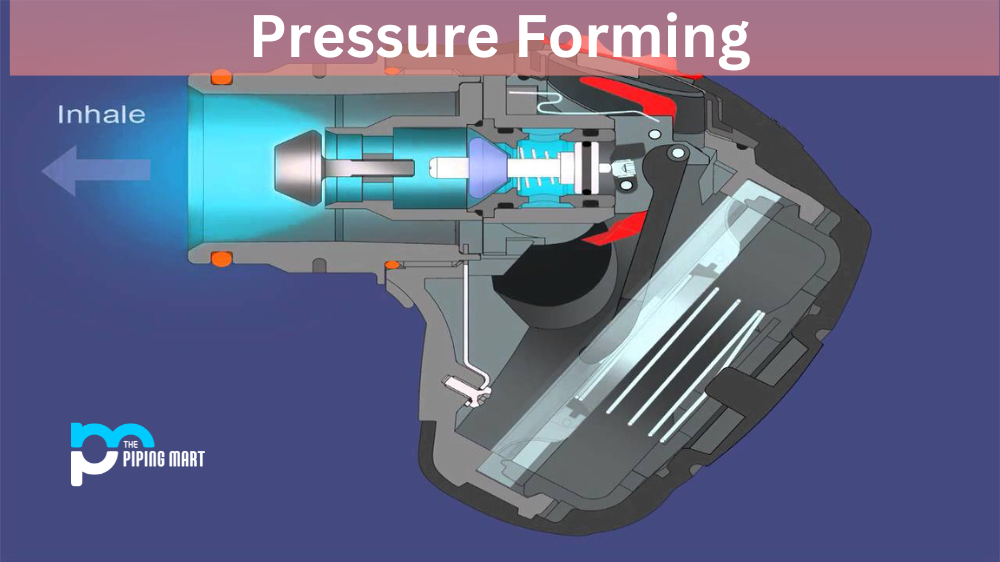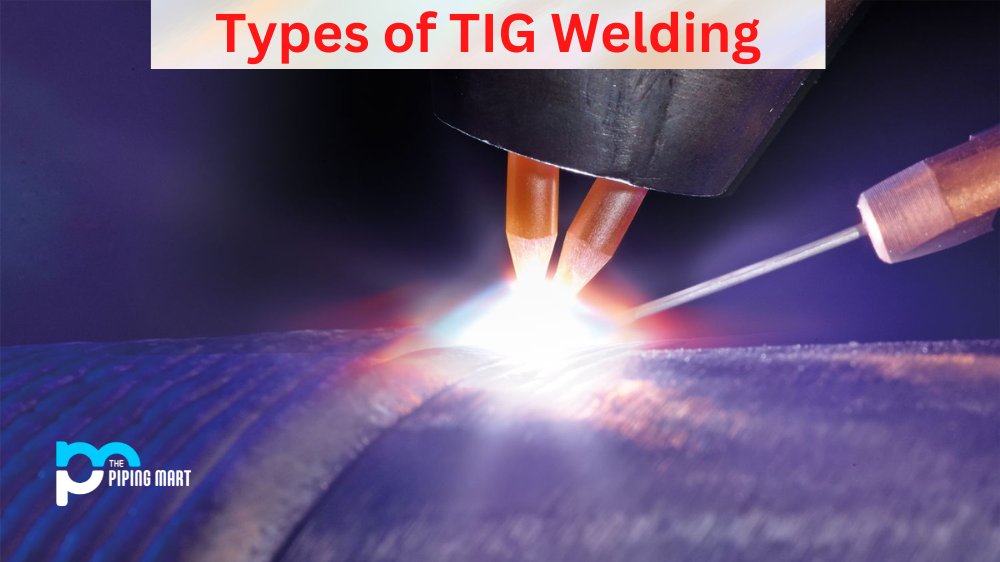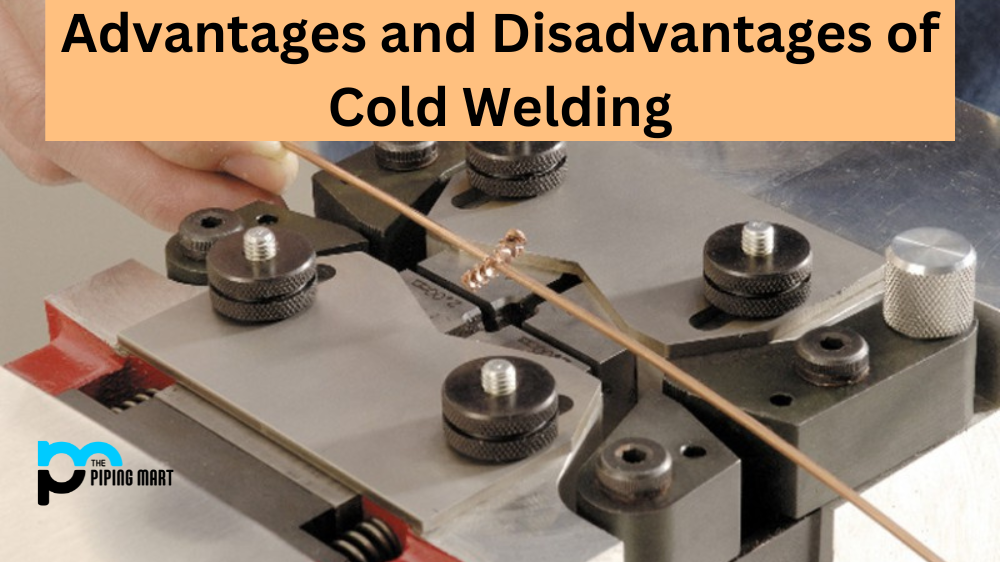Butterfly valves are classified into three types: zero offset butterfly valves, double offset butterfly valves, and triple offset butterfly valves. The most common eccentric types on the market are double-offset or triple-offset. High-Performance Butterfly Valves are another name for Double Offset Butterfly Valves. Because of the reduced contact between valve discs and seats, double offset valves have an especially long life. This type of valve is particularly useful in operations involving high pressures and particulate fluids. The disc in Double Offset is offset from both the valve center line and the valve body centerline.
Because friction is only present during the first few degrees of opening and the final few degrees of closing, double offset allows for smooth opening and closing. The offset, hand-polished, streamlined discs of the double offset butterfly valves produce a much greater CV than other butterfly valves on the market, resulting in low-pressure drops and lower energy costs. Low operational and break-out torque, combined with reduced sealing face abrasion, reduces the costs of gear, pneumatic, and electric actuation while extending valve life.
The Third Offset created by the geometry design of the seating surface is Triple Offset Butterfly Valves. The seat has an offset conical profile that results in a right-angled cone. This is shown in the third image, which is a small enlargement of the seating angle. This ensures that the stroking is frictionless throughout its operating cycle. The metal seated valve uses a triple offset design and makes contact only at the final point of closure, with the 90° angle acting as a mechanical stop.
It is a member of the quarter family. It is also lightweight and simple to use. Because there is less pipe bracing required, installation is also simplified. Because this valve is top-entry, replacing the seat rings is also simple. Because the triple offset butterfly valve has low torque, larger valves are not required. However, this means that the savings costs will be higher. On both ends, this valve has a zero leakage closure.
The addition of soft seats boosts the value of the valves. The valves can now self-center due to the elastomeric seat material, in addition to being fire-safe due to the metal seats beneath the soft ones.
Difference between the Double and Triple Offset Butterfly Valve
- During the application process, the double offset butterfly valve has two offsets in the center that produce cam action.
- Three offset valves are used in triple offset butterfly valves (TOV). Two offsets are located in the center, while the third is on the seat surface, resulting in the shape of the disc and the seat form of the cone.
- The double offset Butterfly valve can withstand temperatures of up to 325°C and pressures of up to 50 bars. While a Triple Offset Butterfly valve can be used for a demanding and long-term application at temperatures of up to 932°F (500°C), and the valve is designed to withstand high pressures of up to 725 psi (50 bar).
- The seat of a double offset butterfly valve is soft, whereas the seat of a triple offset butterfly valve is a hard metal.
- One of the most noticeable differences between the two butterfly valves is their appearance. The two offsets of the double offset butterfly valve allow for easy opening while retaining their strong sealing strength.

Pipingmart is B2B portal specializes in industrial, metal and piping products. Also, share latest information and news related to products, materials and different types grades to help business dealing in this industry.




